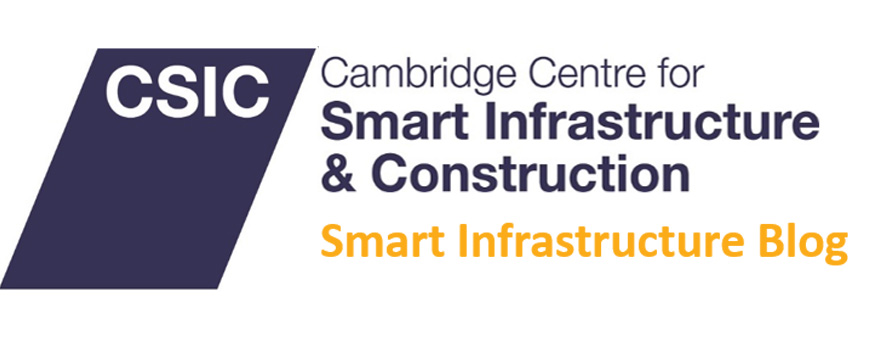CSIC Research Associate Dr Manu Sasidharan calls for transport infrastructure asset management to address risk and resilience.
In most countries, the transport network constitutes one of the most important and valuable publicly-owned physical infrastructures. With global population increase, growing urbanisation and economic development, the transportation industry is tasked with providing more rapid, frequent, reliable, less congested and safer services to carry ever-increasing numbers of goods and passengers.
Faced with the possibility of more frequent weather events disrupting crucial transport networks so vital to society and the economy, there needs to be a paradigm shift in how we attempt to understand and enhance the resilience and performance of our transport infrastructure.
Dr Manu Sasidharan
One key challenge facing many countries is ensuring its transport infrastructure is resilient against the impacts of climate change, such as changing frequencies and intensities of extreme weather events including increased precipitation and floods. These events, in turn, accelerate the deterioration of ageing transport infrastructures and can result in disruptions when part of the network has to close for maintenance or becomes a risk to health and safety. Causes of extreme weather events are many and diverse, but the risks associated with these events affect human lives, the environment, the economy and the country’s social wellbeing. Faced with the possibility of more frequent weather events disrupting crucial transport networks so vital to society and the economy, there needs to be a paradigm shift in how we attempt to understand and enhance the resilience and performance of our transport infrastructure.
Infrastructure asset management requires consideration of the long term health of the physical asset and how the asset can be utilised to maximise its benefit to a range of stakeholders. In addition to the demonstrated savings to transport agencies and users that asset management practices secure, there are other external and internal impetuses that drive the continued need for asset management. The foundation of any asset management system is a comprehensive database comprising: information on individual assets (locations, material and design attributes, dimensions, orientation, usage and loading, rehabilitation and maintenance history, and the severity and extent of various physical defects); climate (precipitation and temperature); and operations (accidents of different severity levels and patterns, traffic, delays).
However, asset managers continue to struggle with uncertainties surrounding their infrastructure assets, the operating conditions and natural environments, and consequently they are limited in making informed decisions about the ability of their assets to remain resilient. In practice, when asset managers face many scenarios that are governed by political, economic, socio-cultural, technological, environmental and other external influences, they often resort to short-term strategies – usually based on limited and uncertain information. This approach not only ignores the complexities of a transport ecosystem that is an ‘interconnected system of systems’ but also fails to deliver sustainability or address resilience. This problem is exacerbated in many countries where the ownership, operation and management of the transport systems and its associated infrastructure are formally separated.
An essential aspect of asset management is the quantification of the likelihood and consequence of man-made and natural threats to the transportation infrastructure. Having reliable data to monitor and predict these events accurately and regularly is also critical to formulating an effective infrastructure asset management policy.
A limited database is no excuse for not conducting a sound risk assessment. On the contrary, with less knowledge of a system, the need for risk assessment and management becomes more urgent. More than 2400 years ago, the Athenians are believed to have demonstrated a capacity of assessing risk before making a decision. The continuous increase in demand on transport networks creates a need for risk-informed decision-making, particularly for critical transport infrastructures such as bridges. Risk-informed decision-making facilitates a rational, balanced approach to evaluating the effect of hazards on systems, possible failure modes, and associated consequences.
To improve the safety and availability of transport networks within constrained budgets, innovative methods that can continuously monitor the assets are required to provide rapid and reliable information to the decision-makers, informing and supporting current and future inspection and maintenance strategies under constrained budgets. To this end, infrastructure asset owners should be encouraged to move beyond silo-management and: (i) improve the appreciation of risk-informed decision-making and its use in informing equitable decisions; (ii) evaluate the physical characteristics of infrastructure to understand the exposure to climate change or extreme events; and (iii) take a system view beyond just the physical infrastructure when deciding monitoring and maintenance strategies.
Related links
M.Sasidharan, A.K. Parlikad & J. Schooling (2021) Risk-informed asset management to tackle scouring on bridges across transport networks, Structure and Infrastructure Engineering. See https://doi.org/10.1080/15732479.2021.1899249

